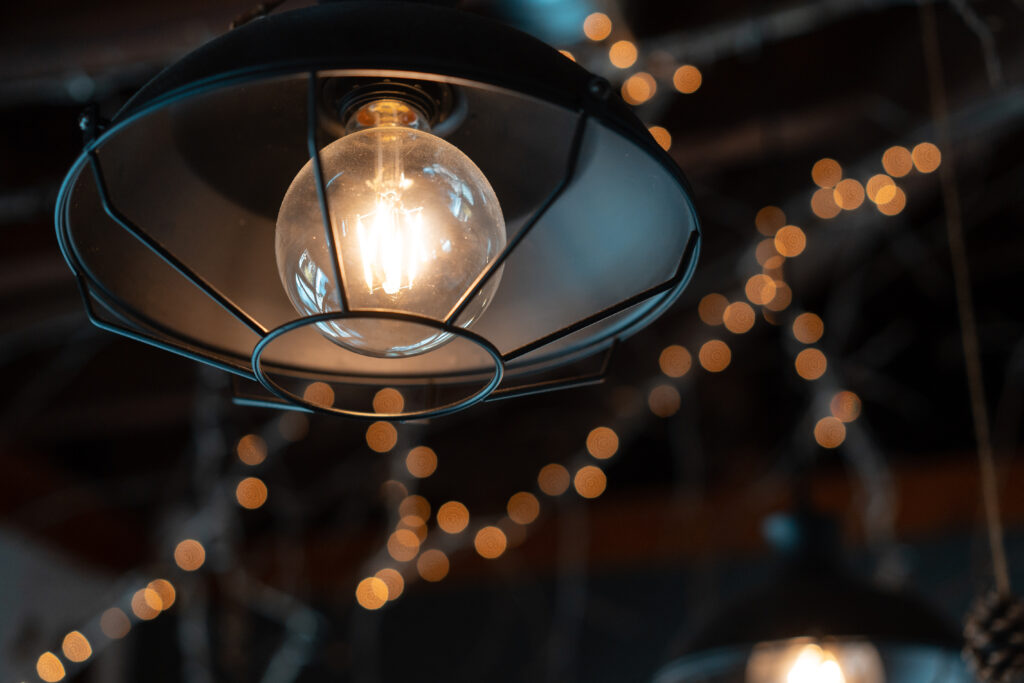Genel
Choosing the Right Lighting Fixtures
Choosing the right lighting fixtures is crucial for creating the desired ambiance and functionality in a space. Here are some steps to guide you in selecting lighting fixtures:
Understand the Purpose of Lighting:
Identify the specific functions of each area in the space. Determine whether the lighting is for ambient (general illumination), task lighting (focused on specific activities), or accent lighting (highlighting specific features or objects).
Consider the Style:
Choose lighting fixtures that align with the overall style of the space. Whether it’s modern, traditional, transitional, or eclectic, the fixtures should complement the existing design aesthetic.
Take into Account the Room Size:
Consider the size of the room when choosing fixtures. Larger rooms may require multiple light sources or larger fixtures, while smaller rooms may benefit from more compact designs.
Layer the Lighting:
Create a layered lighting scheme that incorporates a combination of ambient, task, and accent lighting. This provides flexibility and allows for different moods and activities.
Consider Ceiling Height:
Adjust the scale of the fixtures based on the ceiling height. Taller ceilings can accommodate larger and more dramatic fixtures, while lower ceilings may require more streamlined designs.
Explore Different Types of Fixtures:
Familiarize yourself with various types of lighting fixtures, including chandeliers, pendants, recessed lights, track lighting, wall sconces, and floor lamps. Each type serves a specific purpose and contributes to the overall lighting scheme.
Coordinate Finishes:
Ensure that the finishes of the lighting fixtures coordinate with other elements in the room, such as furniture, hardware, and decor. Consistent finishes contribute to a cohesive and polished look.
Evaluate Light Bulb Types:
Consider the type of bulbs compatible with each fixture. LED, incandescent, fluorescent, and halogen bulbs offer different qualities of light (color temperature, brightness, and energy efficiency), so choose based on the desired effect.
Adjustable Fixtures for Flexibility:
Opt for fixtures with adjustable components or those that offer dimming options. This allows you to customize the lighting intensity and adapt to different activities and times of day.
Highlight Focal Points:
Use lighting fixtures to accentuate focal points or architectural features in the space. This could include artwork, architectural details, or specific areas within a room.
Ensure Adequate Task Lighting:
In areas where specific tasks are performed (e.g., kitchen countertops, reading nooks), ensure there is adequate task lighting. This can be achieved with under-cabinet lights, desk lamps, or focused pendant lights.
Test the Quality of Light:
Consider the quality of light emitted by the fixture. Some fixtures provide warm, diffused light, while others may offer a more direct and focused illumination. Test the fixtures in the actual space if possible.
Budget Considerations:
Establish a budget for lighting fixtures and explore options within that range. There are various quality fixtures available at different price points, so find a balance between aesthetics and budget.
Seek Professional Advice:
Consult with a lighting designer or professional to ensure that the chosen fixtures meet both aesthetic and functional requirements. They can provide valuable insights into creating an effective lighting plan.
Remember that lighting plays a crucial role in setting the mood and functionality of a space, so take the time to carefully select fixtures that enhance the overall design concept and meet the specific needs of the users.


